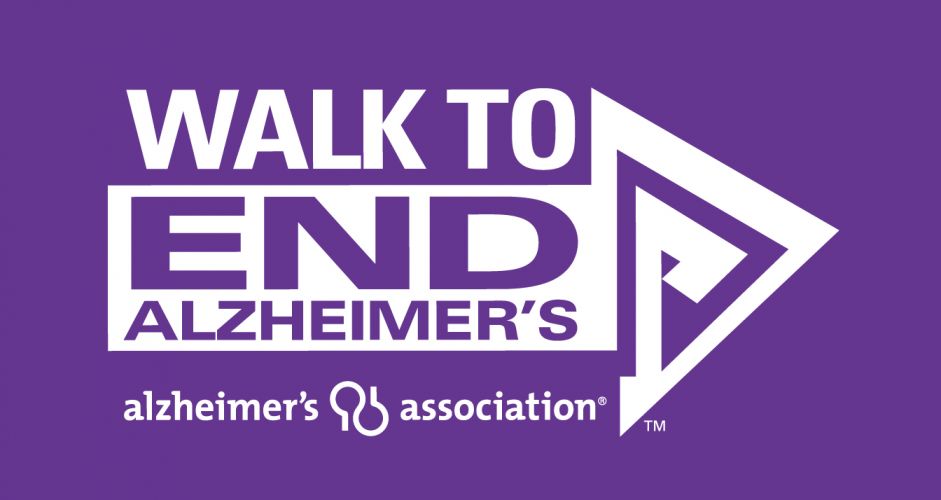UMW walks to end Alzheimer’s
3 min read
Alzheimer's Association
By LYNSY SPROUSE
Despite the rainy forecast, approximately 200 participants dressed in purple gathered on Jefferson Square at 8:30 a.m. on Saturday for the 2015 Walk to End Alzheimer’s.
Beginning in 1989, the Walk to End Alzheimer’s is an annual event to raise support and awareness for Alzheimer’s disease. Last year, more than 49,000 people participated nationwide and raised approximately $67 million.
At the event, participants held Promise Garden flowers, plastic flowers meant to represent Alzheimer’s in different ways while symbolizing a promise to spread awareness for the disease. It is their way of showing their loved ones with the disease that they care and want to support them.
Each flower’s color had a different meaning: blue represented someone with Alzheimer’s ordementia, purple represented those who have lost a loved one to the disease, yellow was for a current caregiver and orange was for anyone who supports the cause.
Many attendees held signs proclaiming their support for loved ones, some even brought their dogs along. Jeff Baldwin, the Alzheimer’s Association director of communication, shared his personal experience with the disease.
“My grandmother died last August from Alzheimer’s,” Baldwin said. “She was 87 years old, and my mom was the primary caregiver until she died.”
When someone is around a person suffering with Alzheimer’s disease, he or she “can see firsthand what the disease does to a loved one,” Baldwin said.
While Alzheimer’s seems removed from a typical college student’s life, it could affect them indirectly in the form of early-onset Alzheimer’s, according to Baldwin, particularly if it affects one’s family member or a parent.
Early-onset Alzheimer’s affects “up to five percent of the more than 5 million Americans with Alzheimer’s,” according to the organization’s website.
Baldwin added that people who are away from family members for longer periods of time, such as college students, are usually the first to notice the early signs of the disease.
When a student goes home for Thanksgiving break and sees a family member he or she has not seen for a long time who happens to have the disease, Baldwin said, “it is easier for them to tell. It’s easier for them to see the early warning signs.”
These early warning signs of the disease include decreased or poor judgment, memory loss and changes in mood and personality according to the Alzheimer’s Association’s website. Baldwin emphasized that there is a stigma surrounding Alzheimer’s disease.
“People don’t want to talk about it,” he said. “Someone’s parents or spouse may have the disease, but people are afraid to talk about it.”
Jennifer Hedgpeth, sophomore English major, also commented on the lack of awareness and communication about Alzheimer’s.
“I feel like people know what Alzheimer’s is, but it’s not like breast cancer,” Hedgpeth said.
Fredericksburg community members got involed as well. Local resident John Cleveland participated in the walk because he has a family member who is struggling with Alzheimer’s. “If you don’t inform yourself about it or don’t know how to treat someone who has it—until you make yourself aware—you don’t know what to expect,” Cleveland said.
According to Lindsey Elliot, the UMW head field hockey coach who spearheaded the event, “Just bringing awareness to the Alzheimer’s Association and the benefits it has on the person with Alzheimer’s, along with their families, is important.”
For those who do not have money to donate to the organization, such as college students, Baldwin said it is still possible to get involved. People can become advocates of the organization by going to the Alzheimer’s Association website.
As of yet, there is no cure for the disease, but money raised by the association through events such as the walk on UMW this past Saturday goes toward research to find a cure.


